
Updated 7/24
The kidneys and their function
Typically , each human being has two
kidneys. They are two bean
shaped organs situated in the flank area. The kidneys filter waste
from the blood , which is excreted as urine. The bladder acts as a
reservoir for urine.
to the patient. Patients may become confused because of the retained
waste products. Pruritis ( itching) is also common.
Urinary output in renal may be absent ( anuria) or low
(oliguria).Causes of renal failure:
Hypovolemia , excessive volume depletion from vomiting ,
diarrhea, blood loss or diuretics result in decreased blood flow to the kidneys
and are reversible by correction of the problem.
Drug induced renal failure may or may not be reversible.




.jpg)



 Updated 2/25
Updated 2/25

.JPG)
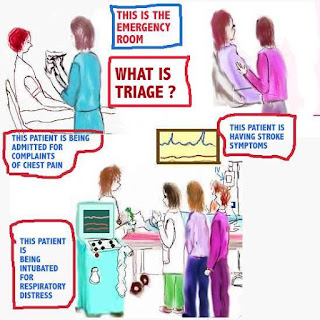
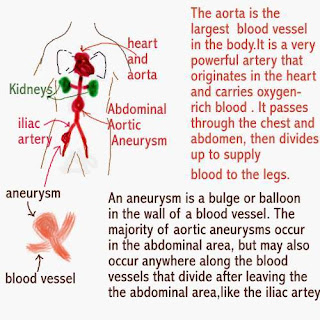


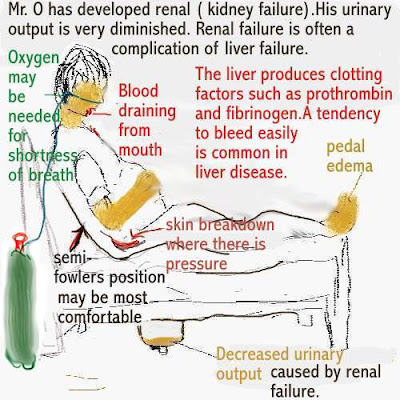





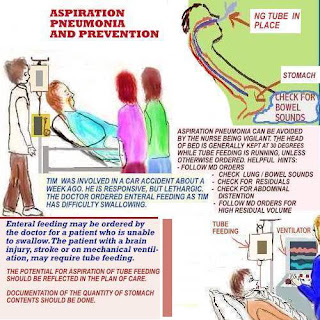
.JPG)
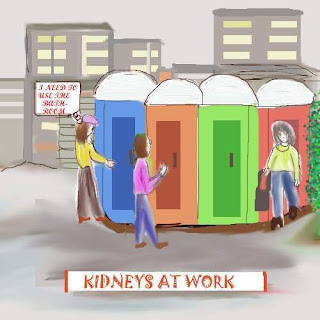

 Hepatic encephalopathy
Hepatic encephalopathy
.JPG)

